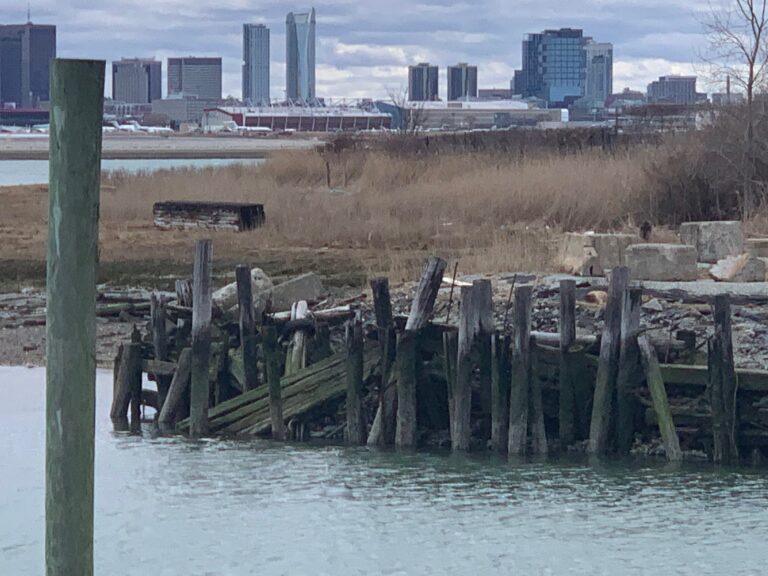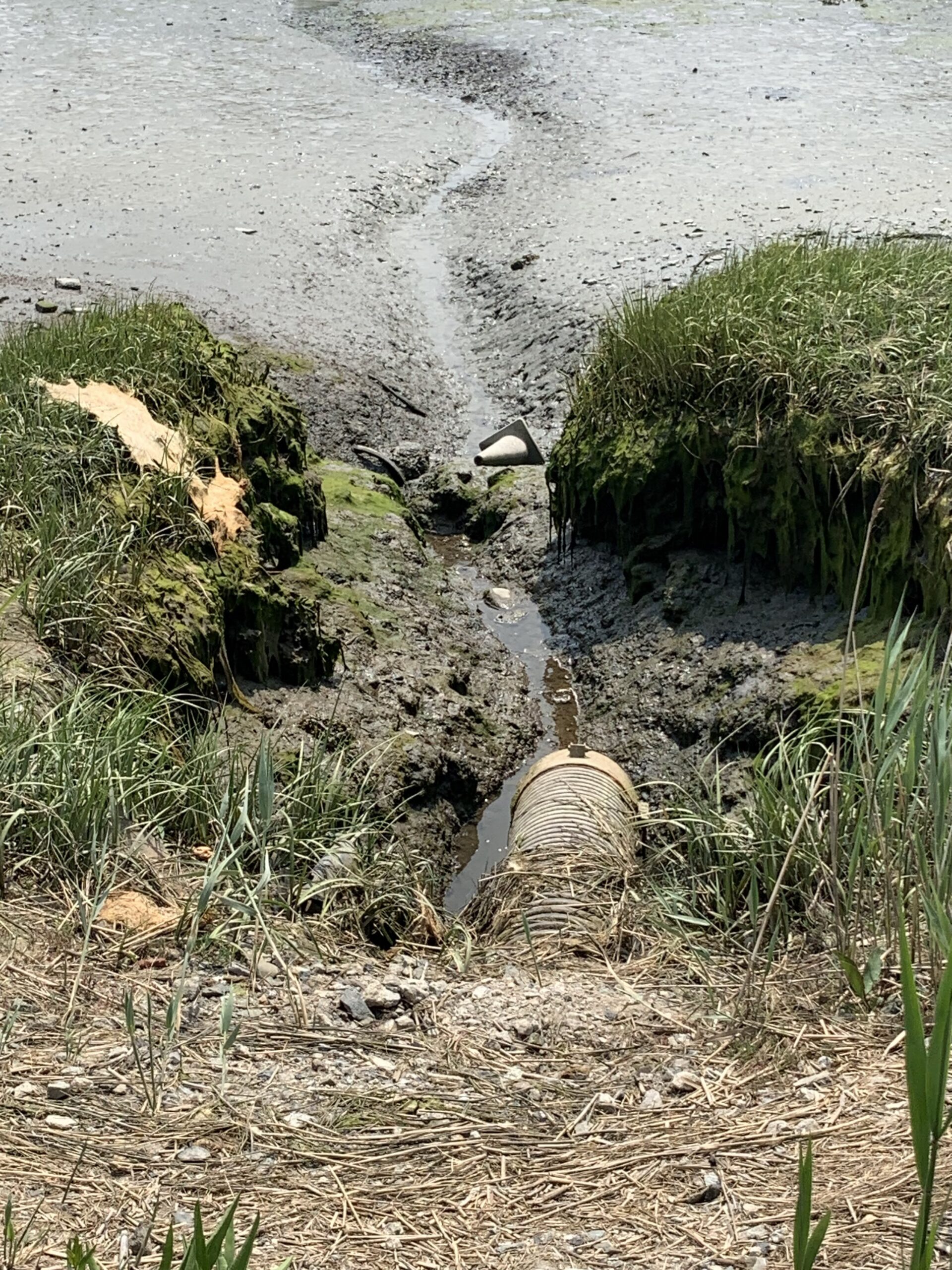Unfortunately, Belle Isle Marsh and its neighbor, Rumney Marsh, have been degraded by filling, illegal dumping, ditch creation, and increased stormwater discharges resulting in hydrologic changes and poor water quality. Despite their status as an Area of Critical Environmental Protection (ACEC), in which more stringent development rules and regulations have been put in place, the Marsh continues to be encroached upon, altered, and degraded. These actions have led to a loss in habitat spawning and nursery grounds, and the expansion of invasive vegetation such as the common reed (Phragmites australias), which displaces native salt marsh species. Additionally, the Marsh is vulnerable to climate change impacts, particularly sea level rise and intensifying coastal storms, which threaten to drown and/or displace the varying habitat areas within the Marsh (i.e., tidal flats, low marsh, high marsh, and upland).


